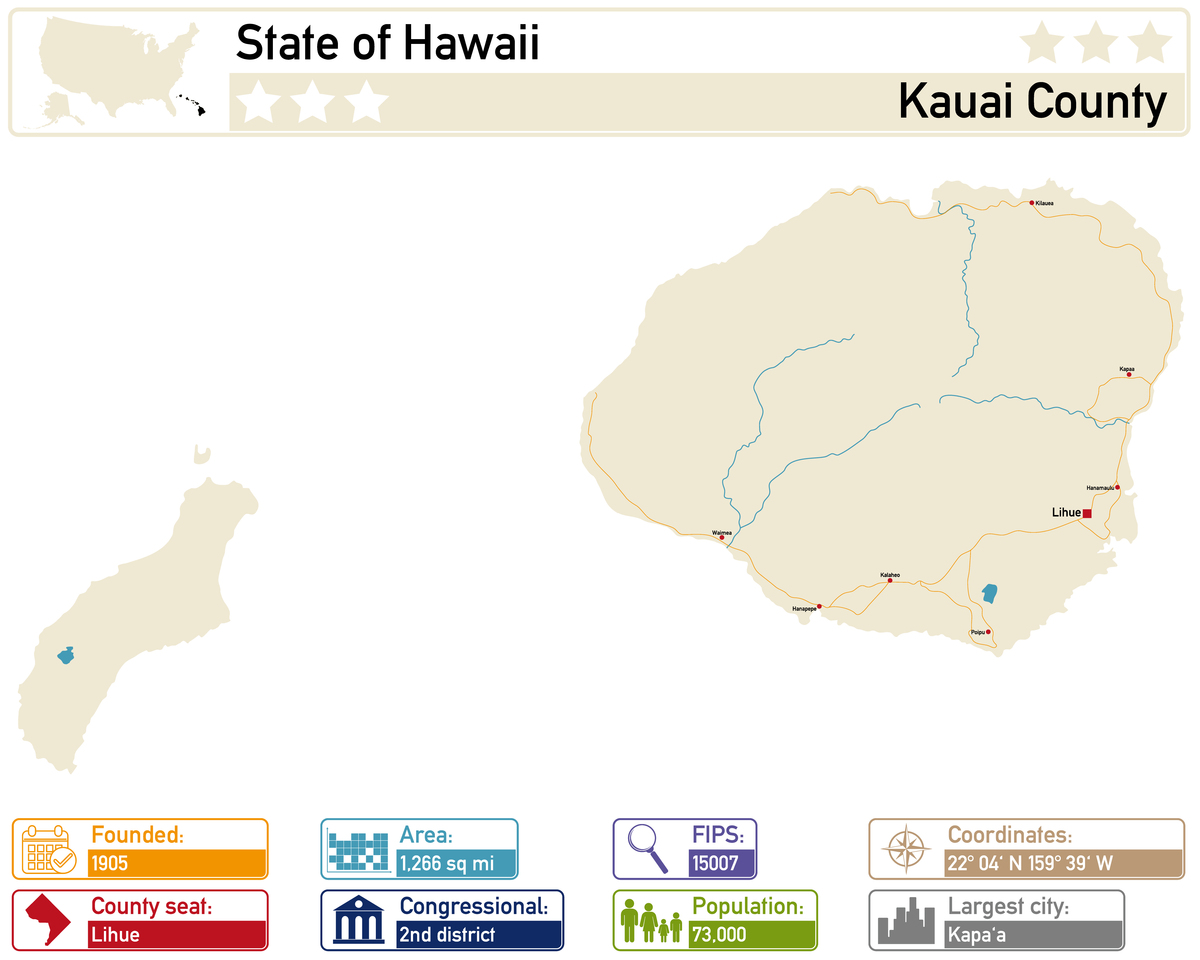How to Extract and Combine Land Cover Data in R
This code snippet demonstrates how to retrieve and combine land cover data in R using raster files. Here's a breakdown of the steps involved:
-
Retrieving .tif files:
flist <- list.files(paste(dir$source), full.names=T) flist <- flist[extension(flist)=='.tif']This code first uses the
list.files()function to obtain a list of all files within a specified directory (represented bydir$source). Thefull.names=Targument ensures that the full path to each file is included. Subsequently, the code filters the list to include only files with the '.tif' extension, ensuring that only raster data files are considered. -
Loading individual land cover rasters:
cropland <- raster(flist[1]) pasture <- raster(flist[2])The code then loads the first .tif file in the filtered list as 'cropland' and the second as 'pasture'. These files likely represent different land cover types, such as cropland and pasture. The
raster()function is used to read these files into R as raster objects. -
Combining land cover rasters:
both <- cropland + pastureFinally, the code adds the 'cropland' and 'pasture' rasters together using the '+' operator, creating a new raster object named 'both'. This combined raster represents the total land cover for the area encompassed by the individual rasters.
This code snippet provides a basic example of how to work with land cover data in R. You can adapt and expand upon these steps to perform more complex analyses and visualizations.

原文地址: https://www.cveoy.top/t/topic/lDCt 著作权归作者所有。请勿转载和采集!